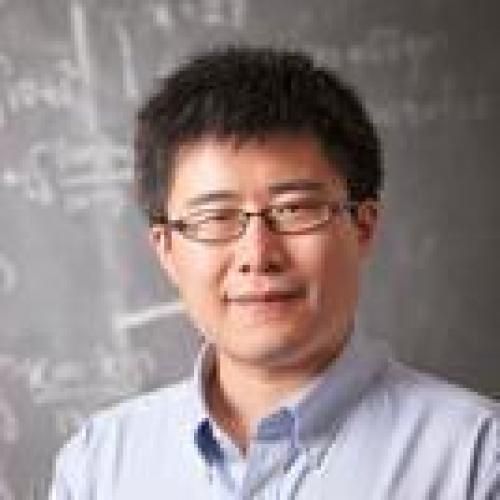Excitation energies from particle-particle random phase approximation: Davidson algorithm and benchmark studies
Publication
, Journal Article
Yang, Y; Peng, D; Lu, J; Yang, W
Published in: The Journal of Chemical Physics
The particle-particle random phase approximation (pp-RPA) has been used to investigate excitation problems in our recent paper [Y. Yang, H. van Aggelen, and W. Yang, J. Chem. Phys. 139, 224105 (2013)]. It has been shown to be capable of describing double, Rydberg, and charge transfer excitations, which are challenging for conventional time-dependent density functional theory (TDDFT). However, its performance on larger molecules is unknown as a result of its expensive O(N6) scaling. In this article, we derive and implement a Davidson iterative algorithm for the pp-RPA to calculate the lowest few excitations for large systems. The formal scaling is reduced to O(N4), which is comparable with the commonly used configuration interaction singles (CIS) and TDDFT methods. With this iterative algorithm, we carried out benchmark tests on molecules that are significantly larger than the molecules in our previous paper with a reasonably large basis set. Despite some self-consistent field convergence problems with ground state calculations of (N − 2)-electron systems, we are able to accurately capture lowest few excitations for systems with converged calculations. Compared to CIS and TDDFT, there is no systematic bias for the pp-RPA with the mean signed error close to zero. The mean absolute error of pp-RPA with B3LYP or PBE references is similar to that of TDDFT, which suggests that the pp-RPA is a comparable method to TDDFT for large molecules. Moreover, excitations with relatively large non-HOMO excitation contributions are also well described in terms of excitation energies, as long as there is also a relatively large HOMO excitation contribution. These findings, in conjunction with the capability of pp-RPA for describing challenging excitations shown earlier, further demonstrate the potential of pp-RPA as a reliable and general method to describe excitations, and to be a good alternative to TDDFT methods.


